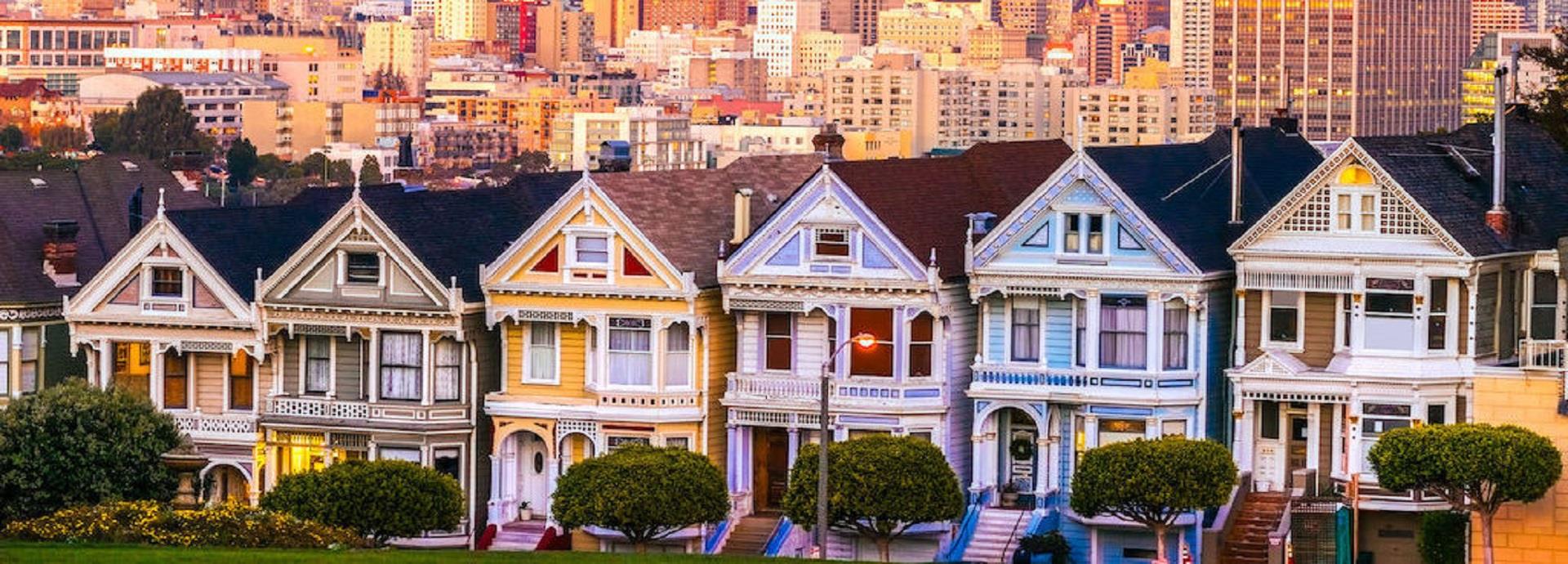

Housing prices in San Francisco have more than doubled in the past decade, and the number of homeless people today stands at around 10,000. The state of California, as a whole, is struggling to provide affordable housing to its residents. The time has come to implement innovative measures to solve this problem.
California dreamin’ - the popular mid-60s song by The Mamas and the Papas, immortalised the sunny state as a place to live a life free of hardship and fear. Yet, if the band were to sing their song today, it would carry a wholly different tune.
With an economy larger than that of many countries, California is the wealthiest state in the USA, and the epicentre of trends in innovation, environmentalism, entertainment and technology. Silicon Valley in the San Francisco Bay Area is the birthplace of some of the world’s biggest tech companies and continues to draw investments and talent from across the globe.
Yet, this has also had its downside. The most populous state in the USA also contains a quarter of the nation’s homeless. A rising population, gentrification, inefficient urban planning and weak political will has resulted in skyrocketing housing prices.
According to the California Budget and Policy Center, “Across California, more than 4 in 10 households had unaffordable housing costs, exceeding 30 percent of household income, in 2015. More than 1 in 5 households state-wide faced severe housing cost burdens, spending more than half of their income toward housing expenses.”
Tech giants to the rescue?
Experts estimate nearly three to four million units of affordable housing stock will need to be built in order to prevent the problem from getting any worse. The situation has become dire enough that tech giants, who have long been calling for radical changes to the state’s housing policy, are now stepping in to try and solve the problem.
In November 2019, Apple committed USD 2.5 billion to combat the housing crisis in California, including a USD 1 billion fund to create an “open line of credit” for the state to build new homes for households with low to moderate incomes. Apple’s announcement follows on similar pledges by the likes of Google and Facebook.
Admirable as this is, it is important to understand that money alone does not solve the lack of housing. One of the major factors is zoning, which cities use as a tool to control how much can be built and where. Ensuring that nature reserves and parks remain unbuilt is, of course, good from the viewpoint of the townspeople, but otherwise limiting e.g. the height of what you can build is the main reason for any housing shortage.
Rising property prices also make the townspeople wealthier, so removing the shortage is politically difficult. In fact, one could argue this as one of the reasons why several housing bills designed to impose rent controls and increase high-density zoning were not passed by California State legislature earlier this year.
Out-of-the-box thinking
What if we could be able to find a solution to affordable housing which didn’t require demolishing older buildings or using the last unused strips of land around the bay area?
Think floating apartments. Even Sam Liccardo, the mayor of San Jose, is said to be considering this innovative solution to resolve the city’s housing crisis.
And why not! When we look at the price of land in metropolitan areas, a floating platform is around three times cheaper than a lot of the same size. At the same time, modular building from wood has become popular. Factories around the world produce container-sized housing units that are piled on top of each other at the location, without the need for lengthy and complex construction efforts.
Wärtsilä has been tackling the issue of finding suitable land for decades through the use of floating power barges. Dr Bird I and II located in Old Harbour Jamaica being a case in point.
The natural next step in this evolution will be a dock factory that produces floating apartment blocks through an assembly-line approach. The assembled block could then be towed to their final location in any coastal city and connected to power, water and sewage. The external aesthetics of buildings can vary in the same way as you pick the colour of your car, but the assembly process itself will ensure the highest quality and productivity. Both are essential to ensure affordable housing. Wooden floating buildings also have two additional benefits – ever-rising sea levels do not threaten them, and the wood itself acts as an excellent method of carbon storage.
The dock factory does not yet exist, but where there is a will, there is a way. If California is willing to think out of the box, the housing crisis could soon be a distant memory.
Did you like this? Subscribe to Insights updates!
Once every six weeks, you will get the top picks – the latest and the greatest pieces – from this Insights channel by email.


